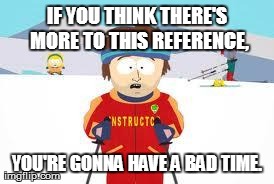
Systems of equations tend to have multiple variables, and will have multiple of equations, where the variables must represent the same number in all equations. There are many ways to solve systems of equations. For simpler systems of equations, the equations are usually manipulated and then subtracted/added to each other. Another way is to manipulate one equation so it reads like "X=..." or some other variable instead of X and then use that substitution in the other equation(s). Once you discover what one variable equals, plug them all into every equation, and keep solving for the remaining variables. Once you figure out every variable, in order to check your answers, plug in all of your solutions (X=..., Y=...) into every equation and make sure the equations are true. If all of the equations come out true, you have the right solution!
One way to solve the SoE(System of equations) is to use Equation manipulation (as previously mentioned). This
Is where you manipulate the equations, usually by multiplication/division or rearrangeing its terms, such that if it were to be added/subtracted from another
Equation, it will cancel out atleast one of the variables. If we had the following equations:
y+X=3
y+2X=4
if we were to subtract the first equation from the second equation, we would get ( (Y+2X)-(Y+X)=(4)-(3) ). Which simplifies to X=1. Now that we have
what X is equal to, we plug it back into one of the equations to solve for Y. If we were to do the substitution of X=1 in the first equation, we would get
y+(1)=3. Which simplifies to Y=2. Now we have our answer for both variables! Now, just to check, let us substitute our solution in the second equation to see
if it remains true. (2)+2(1)=4, 4=4!!! This means our answer is the correct solution.
To go back to exponential functions, click here.
